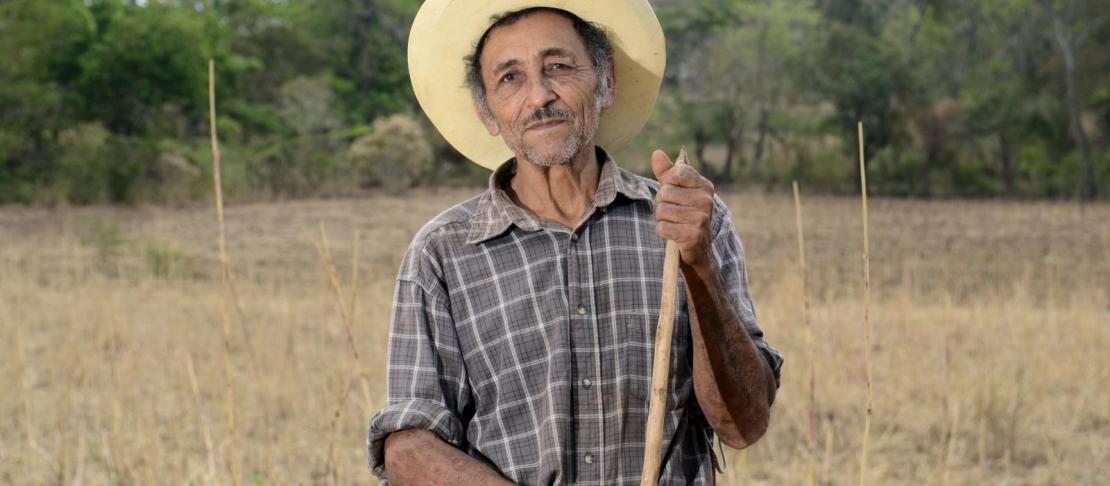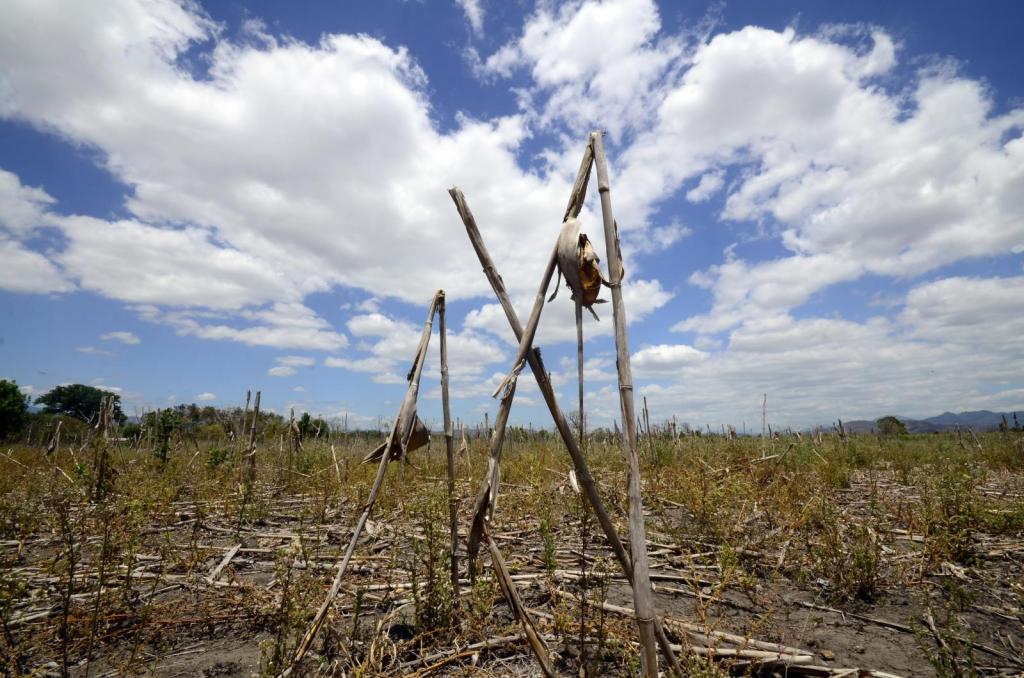Innovative drought system to help Guatemala better deal with dry spells

New approach adapts tried and tested emergency responses techniques to the specific challenges presented by drought.
Originally published on Thomson Reuters AlertNet blog.
With more than two million people unsure about when their next meal will be, dried up farms and lower water tables, Central America is quietly facing a surging humanitarian crisis. To address these challenges, an extensive research project is developing a new information management system for Guatemala that will change the way the government treats drought and other climatic events.
The idea is to incorporate and adapt tried and tested emergency responses usually reserved for more immediate natural disaster, to the specific challenges presented by drought. This involves innovative emergency drought-drills, where drought is acted upon with the same urgency as a coast-crushing storm or flash flood.
“Since drought is a slow-onset disaster, it is usually not treated as an emergency event,” says researcher Jacob van Etten from Bioversity International, who is leading research activities in Guatemala. “However, early action on drought through forceful responses could help secure millions of livelihoods and regional food security.”
The four-year project is part of the CGIAR Research Program on Climate Change, Agriculture and Food Security (CCAFS), and is led by the International Center for Tropical Agriculture (CIAT). The team works directly with local development and emergency response organizations such as Action Contre La Faim (Action Against Hunger) Spain, which has a proven and effective system for conducting emergency responses.
The group is also collaborating with the government of Guatemala, a key driver in the process:
“Through early engagement with the Ministry of Agriculture, Livestock and Food, we learned that they wanted to find ways to better deal with drought-related events,” Jacob van Etten continues.
“This really helped guide our activities when we started last year, and I think will ensure the framework is implemented when finalized, as the ministry is a part of the development process.”
Drought-drills in practice
Drills and simulation exercises are useful tools for evaluating and testing emergency plans, already used systematically by organizations involved in disaster preparedness and response. Up to now, however, emergency drills have not been designed to manage droughts or dry spells, making this a pioneering project.
Read the rest of this entry on Thomson Reuters AlertNet Climate blog: Emergency drought-drills to help Guatemala adapt to a drier climate.

* Want to learn more? Get in touch by contacting Activity Leader Jacob van Etten: j.vanetten[at]cgiar.org
Related Reading:
- iButtons to the rescue − improving drought response in Guatemala
- New project addresses worries about drought in Guatemala
Cecilia Schubert works as Communication Officer for CCAFS Flagship 4 Policies and Institutions for Climate-Resilient Food Systems. Photos by N. Palmer (CIAT).



